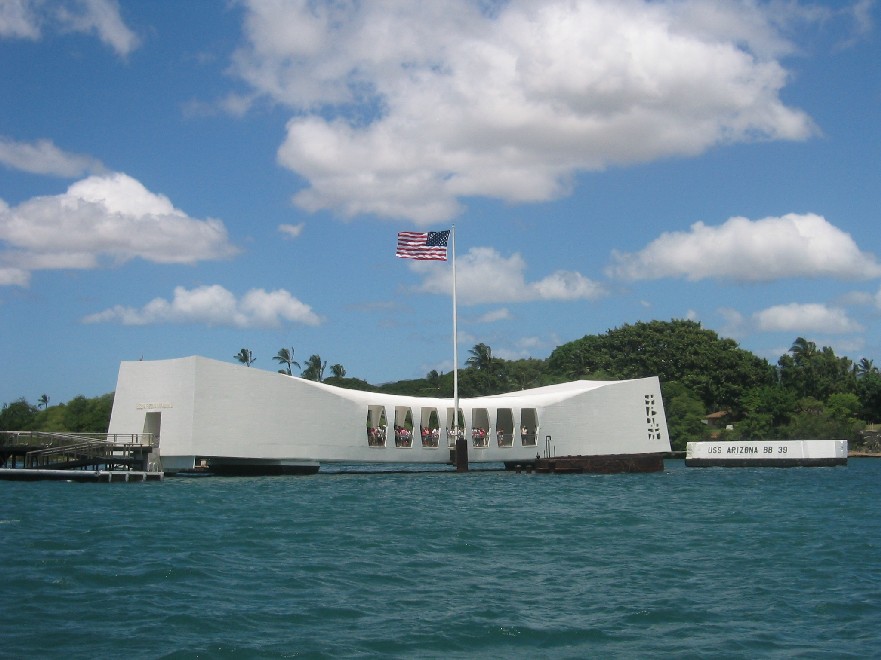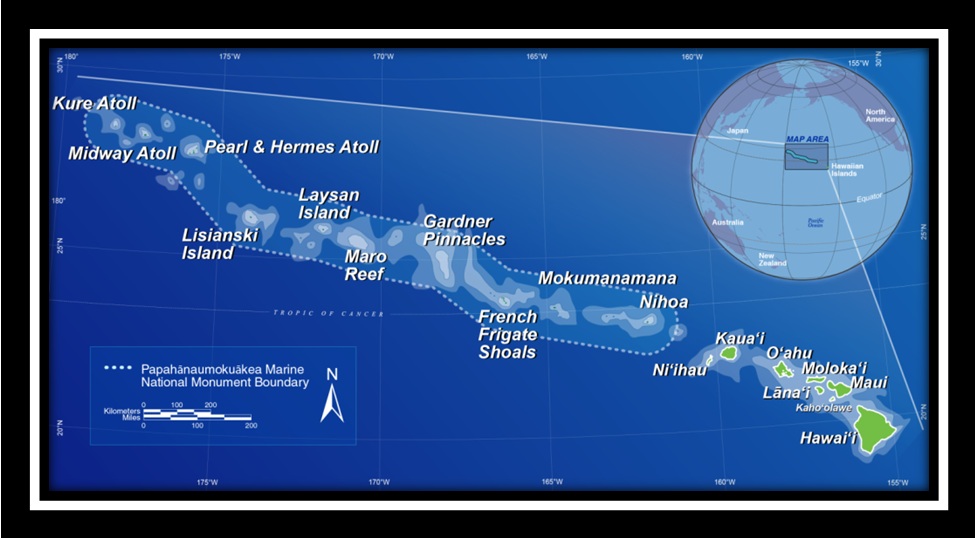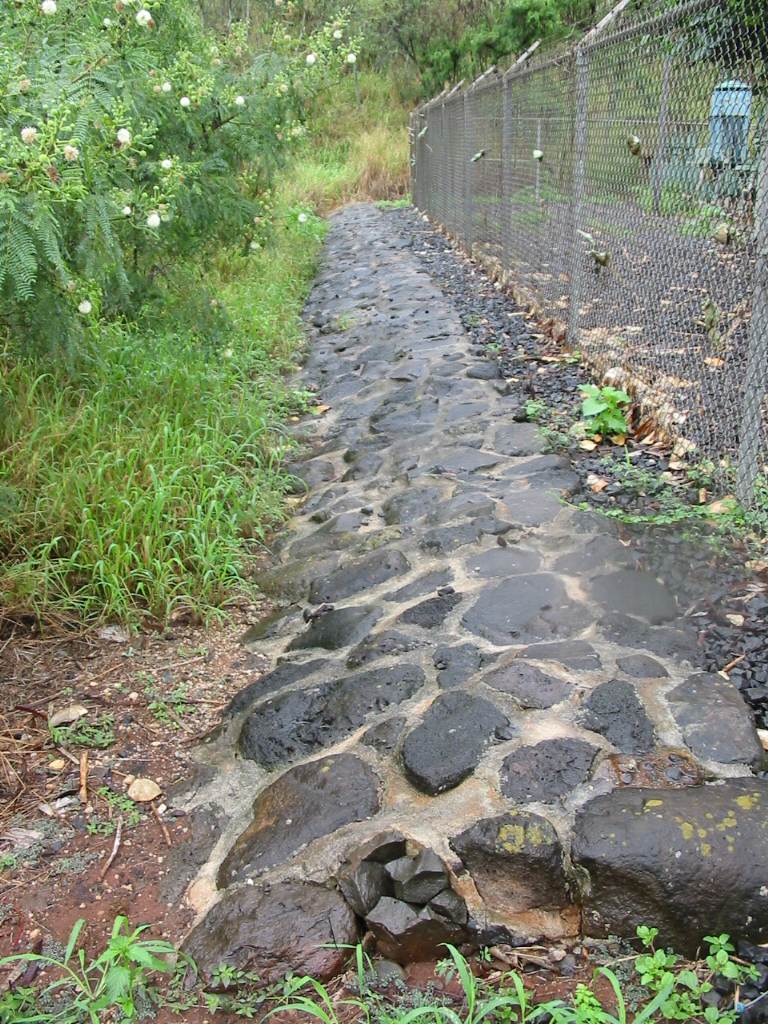President Trump’s recent executive order calling for the Department of the Interior to review all National Monument designations over 100,000 acres or “made without adequate public outreach” from the past 21 years has triggered much discussion surrounding the Antiquities Act. Our friends at Preservation Action and the National Trust for Historic Preservation have issued statements which we share below. We also wanted to spotlight a few of Hawaii’s National Monuments that could be affected.
Preservation Action notes that:
This order impacts dozens of natural, cultural and historically significant sites across the country. Presidents Bill Clinton, George W Bush, and Barack Obama all used the Antiquities Act of 1906 to permanently protect iconic places as National Monuments over the last 21 years. President Trump called the recent use of the Antiquities Act an “egregious use of government power.”
Both Republican and Democratic presidents going back to Theodore Roosevelt, have used the Antiquities Act to protect critically important natural and historic resources for future generations. The Antiquities Act has been used to protect sites like the Grand Canyon and the Statue of Liberty, to more recently protecting sites like the Stonewall Inn in New York and Bears Ears National Monument in Utah.
The review ordered by President Trump could lead to big changes to the size of several national monuments or the rescinding of national monuments. Secretary of Interior, Ryan Zinke, said he would have recommendations on the Bear’s Ears National Monument in 45 days and a complete report in 120 days. Preservation Action is extremely concerned by this latest executive order. The Antiquities Act has been used to establish more than 150 National Monuments, protecting iconic landscapes and historic sites across the country, while benefiting local communities through increased economic returns. Preservation Action will continue to advocate for the importance of National Monuments and the protection of the Antiquities Act.
The National Trust for Historic Preservation shares 5 things you should know about the Antiquities Act on their blog (click here to read the full post):
1. The Antiquities Act doesn’t provide the president with the authority to undo monument designations.
2. That doesn’t mean opponents won’t try.
3. New monuments involve substantial local input in management planning.
4. National Monuments are popular.
5. Congress needs to hear from you.
This affects us here in Hawaii where we have 3 national monuments:

Arizona Memorial
World War II Valor in the Pacific National Monument
Designated by President George W. Bush, 2008
Includes several National Historic Landmarks, including the USS Arizona Memorial, the USS Utah Memorial, the USS Oklahoma Memorial, Mooring Quays which formed part of Battleship Row, and the Chief Petty Officer Bungalows on Ford Island. The site is visited by millions of visitors each year who remember the Day of Infamy, December 7, 1941.

Papahānaumokuākea Marine National Monument
Designated by President George W. Bush, 2006
Expanded by President Barack Obama, 2016
It is a UNESCO World Heritage Site, noted for its deep cosmological and traditional significance for living Native Hawaiian cultural, as an ancestral environment, as an embodiment of the Hawaiian concept of kinship between people and the natural world, and as a place where it is believed that life originates and to where the spirits return after death.

Site of Honouliuli Internment Camp
Honouliuli Internment Camp National Monument
Designated by President Barack Obama, 2015
Also listed on the National and Hawai‘i Registers of Historic Places, this is a site of conscience, representing the fragility of constitutional rights and the historical effects of martial law.


